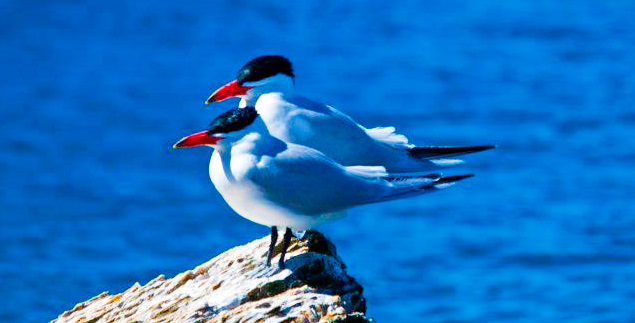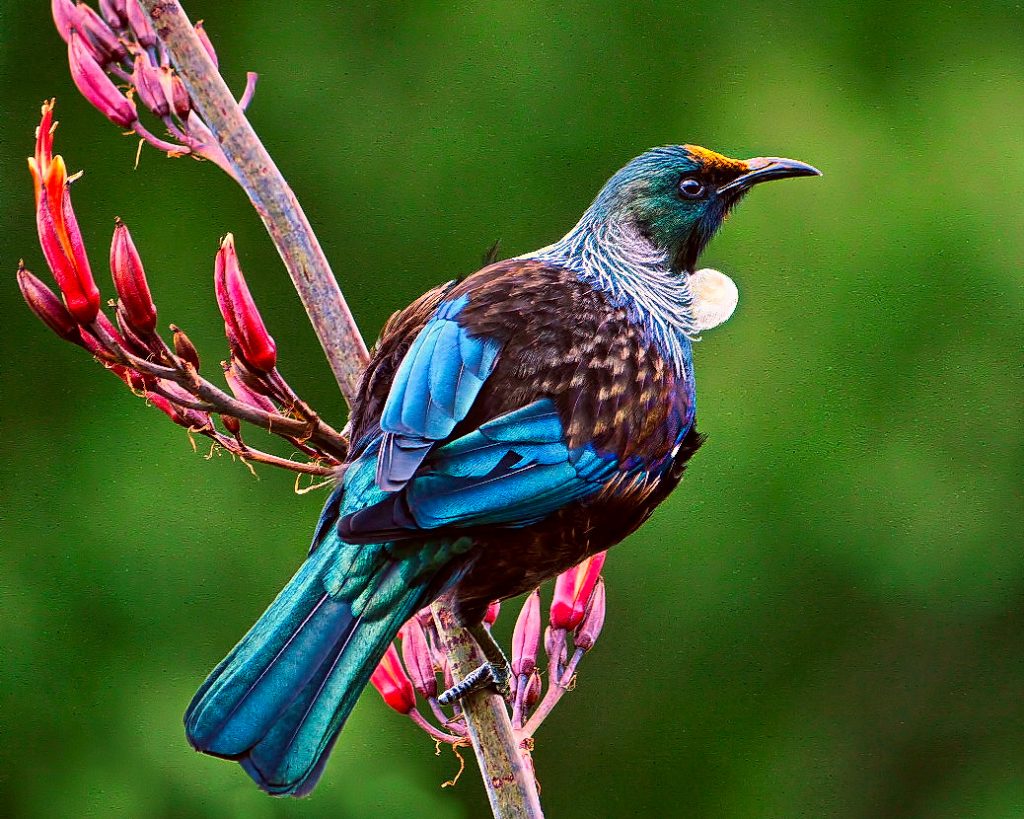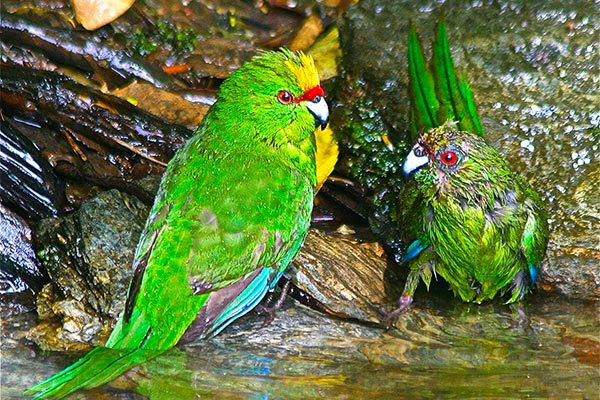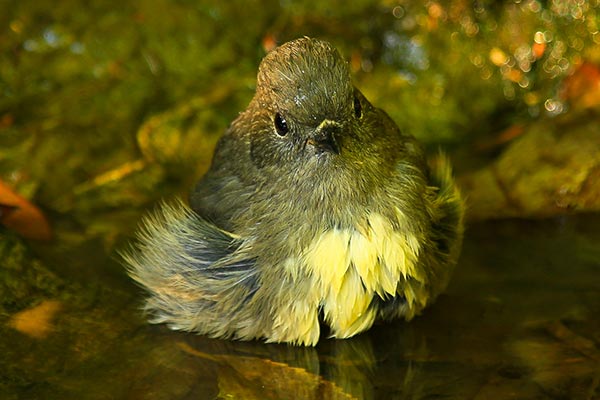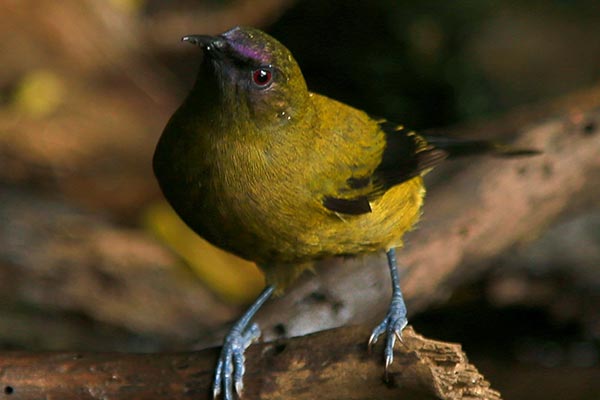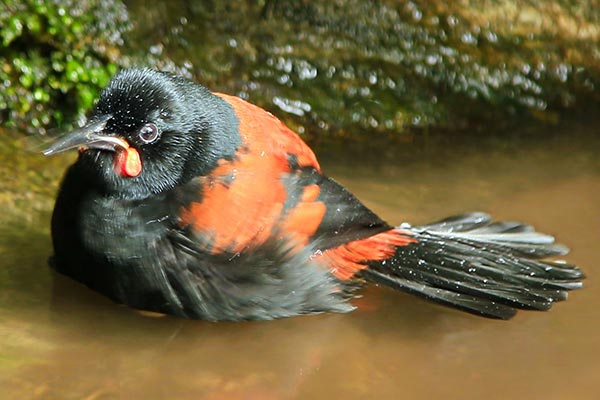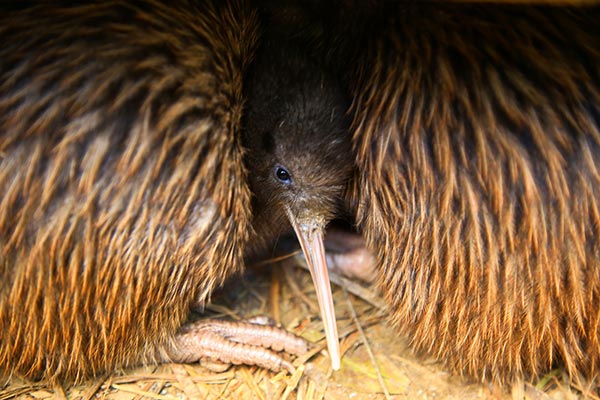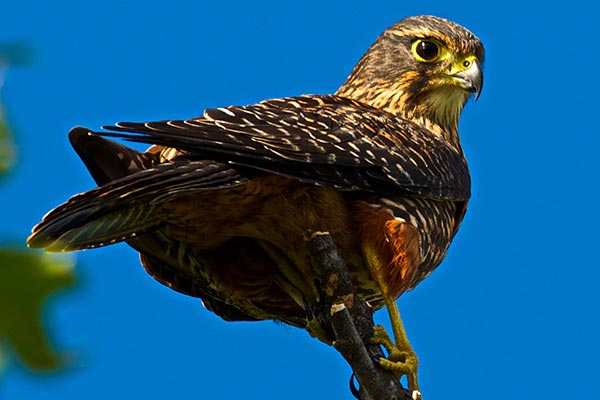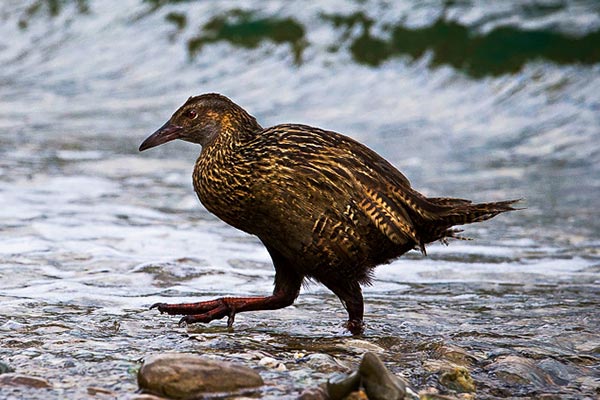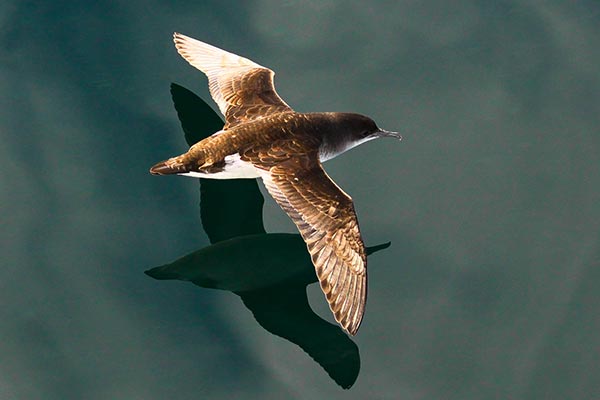Caspian tern
Identification The Caspian tern is the largest of all species of terns. With its 1 metre wingspan, it is similar in size to a black-backed gull. Caspian terns are silver-grey above and white below, with dark wing tips. The tail is relatively short and only slightly forked compared to other terns. The large bill is…
Read MoreTui
Identification Tui have almost-black heads, underparts, wings and tails that have an iridescent blue and green sheen, especially on the head and wings. The upper back and flanks are dark reddish brown with a bronze sheen, the nape and sides of the neck have filamentous white feathers, and there are two unusual curled white feather…
Read MoreYellow-crowned parakeet
Identification The yellow-crowned parakeet is a small, forest-dwelling, long-tailed, predominantly green parrot with a yellow crown, a narrow crimson band between the crown and the cere, a red spot on each side of the rump and a blue leading edge to the outer wing. The bill is pale bluish-grey with a black tip and cutting…
Read MoreSouth Island Robin
Identification The adult male South Island robin is dark grey-black over the head, neck, mantle and upper chest; the flight feathers and tail are brownish-black, and the lower chest and belly white to yellowish white with a sharp demarcation between black and white on chest. Adult females are light to dark grey over the upper…
Read MoreBellbird
Identification Bellbirds are green with a short, curved bill, slightly forked tail, and noisy whirring, fast and direct flight. Adult males are olive green, slightly paler on the underparts, with a head tinted purple; wings and tail blackish. Female are browner with narrow white-yellow stripe across the cheek from the base of the bill, and…
Read MoreSouth Island Saddleback
Identification The South Island saddleback is a medium-sized songbird. Adults are black with a chestnut-coloured saddle across their back, while juveniles (commonly referred to as ‘jackbirds’) are entirely covered in chocolate brown plumage for their first year. Saddlebacks have distinctive fleshy, orange wattles on the sides of their mouths. The wattles of fledglings are small…
Read MoreOkarito brown kiwi (Rowi)
Identification The rowi is a large brown kiwi. Pale brown soft feathers streaked with brown and black; long pale bill, short pale legs, toes and claws. Voice: Male gives a high-pitched ascending whistle repeated 15-25 times; female gives a slower and lower pitched hoarse guttural call repeated 10-20 times. Similar species: tokoeka are larger and…
Read MoreNew Zealand Falcon
The New Zealand falcon is a magpie-sized raptor that feeds predominantly on live prey. Adapted to hunt within the dense New Zealand forests they are also found in more open habitats such as tussocklands and roughly grazed hill country. More recently they have been discovered breeding in exotic pine plantations. Laying their eggs in simple…
Read MoreWeka
The weka is one of New Zealand’s iconic large flightless birds. Likely derived from a flighted ancestor, weka are 3-6 times larger than banded rails, which are considered their nearest flying relatives. Weka are charismatic birds that are often attracted to human activity. This makes an encounter with a weka a wildlife highlight for many people,…
Read MoreFluttering Shearwater
The fluttering shearwater, with its distinctive, ‘flutter-glide’ flight, is a ubiquitous seabird of inshore waters in the top half of New Zealand, especially in the northern-eastern North Island and Marlborough Sounds-Cook Strait regions. It is often seen in flocks, sometimes numbering thousands of birds, moving rapidly while foraging. Fluttering shearwaters feeds in association with schools…
Read More
